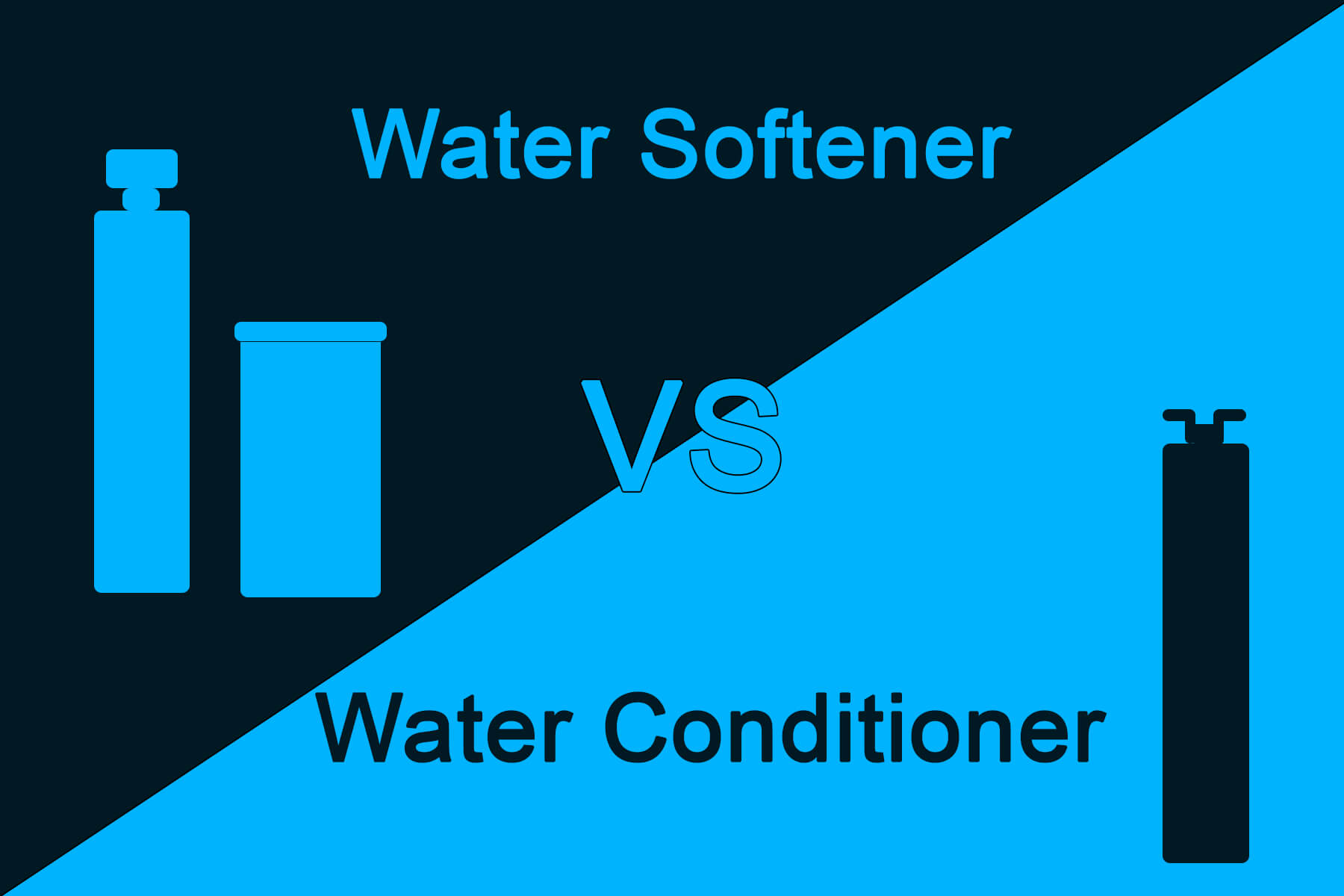Water Softener vs Water Conditioner: 4 Differences

Water softeners utilize ion exchange to reduce scale buildup while simultaneously filtering out chlorine and other contaminants from your water source. These systems are known as salt-free softeners.
However, water softeners don’t remove salt from the water – instead, they alter its hardness particles temporarily to reduce scale buildup and soften skin and hair while decreasing detergent use. As a result of this temporary change, scale buildup decreases, and detergent use decreases significantly.
Water softeners work wonders in improving water quality and saving you on cleaning supplies; for more insights into their benefits, check out Diamondback Plumbing and Cooling.
Cost
The cost of water softeners will depend on their size and capacity; professionals can assist in choosing an efficient system based on the hardness of the water in their home and the number of residents, saving homeowners money over time. Expect to spend between $500-$3,000, including installation of such systems.
Homeowners will need to refill these resin tanks frequently with salt in order to remain cost-effective.
Water conditioners offer an innovative solution to hardness in home water supplies. Instead of adding salt, these systems manage how the minerals behave in liquid solutions to mitigate their adverse effects and thus lessen hardness levels.
While not entirely eliminating hardness altogether, this approach may be more environmentally friendly and cost-effective for many households than traditional methods – and there are even salt-free water conditioners available if sodium concerns are an issue for anyone living in their household.
Salt-free water conditioners may be less costly than traditional softeners because they do not utilize any salt for softening purposes and instead aim to condition rather than soften water. A good conditioner will still prevent scale and mineral deposits while leaving no dissolved salts behind in your system.
Efficiency
Water softeners use salt to eliminate hardness minerals from your home’s incoming water supply, acting like chemical magnets by forcing the water through beads coated in sodium ions;
Moreover, hardness minerals exchange their negatively charged ions for positively charged sodium ones in exchange for improved soap scum buildup, scale formation, blocked pipes, and appliances being damaged due to hard water conditions.
Traditional water softeners often emit large quantities of salt into wastewater systems, making treatment plants work harder to clear them out and polluting five gallons with just one teaspoon of salt. Water conditioners, on the other hand, treat water without releasing chlorides into wastewater systems.
Both systems can be effective and cost-efficient ways of combating hard water issues; however, homeowners should carefully consider their current mineral content when making this decision. A professional water test from their municipality or a local well-testing company will help accurately identify their mineral levels.
Installation
There are various water treatment systems on the market, but two of the most widely used are water softeners and conditioners. Both can help address problems caused by hard water in different ways; water softeners use an ion exchange process to remove minerals contributing to hard water issues.
Evaluating the installation and maintenance requirements is essential when considering a water conditioning or softening system. Some systems may need professional installation, while others can be installed as DIY projects.
Additionally, consider factors such as the need for salt replenishment, regular maintenance tasks, and the availability of replacement parts and filters.
Conditioners use salt chloride ions to neutralize hard water issues by exchanging calcium and magnesium ions with sodium chloride ions; when you turn on your tap, your water will be soft and without any hardness issues.
Unlike traditional softeners that produce wastewater, water conditioners use no chemicals or salt when treating your water, making them much more eco-friendly. Water conditioners can reduce damage caused by hard water to pipes and appliances while leaving hair and skin softened and glasses spot-free.
Maintenance
Water conditioners tend to have fewer maintenance requirements than water softeners. They do not require the addition of salt or periodic regeneration cycles, making them a more cost-effective option in the long run.
Water softeners are large appliances that need to be regularly filled with salt and may require maintenance and cleaning as well. They can leave behind residue in the water, which makes clothing and dishes sticky; furthermore, they’re not recommended for people with sensitive skin, making operation incredibly costly in homes with high water usage.
Additionally, the lower maintenance requirements also reduce the environmental impact of water-softening systems.
It is important to conduct regular inspections and cleanings to ensure the optimal performance of your water conditioning system. This includes checking for any signs of scaling or biofilm buildup and addressing them promptly. Follow the manufacturer’s guidelines for maintenance and consult with a water treatment professional if needed.
Passionate Writer, Blogger and Amazon Affiliate Expert since 2014.




























